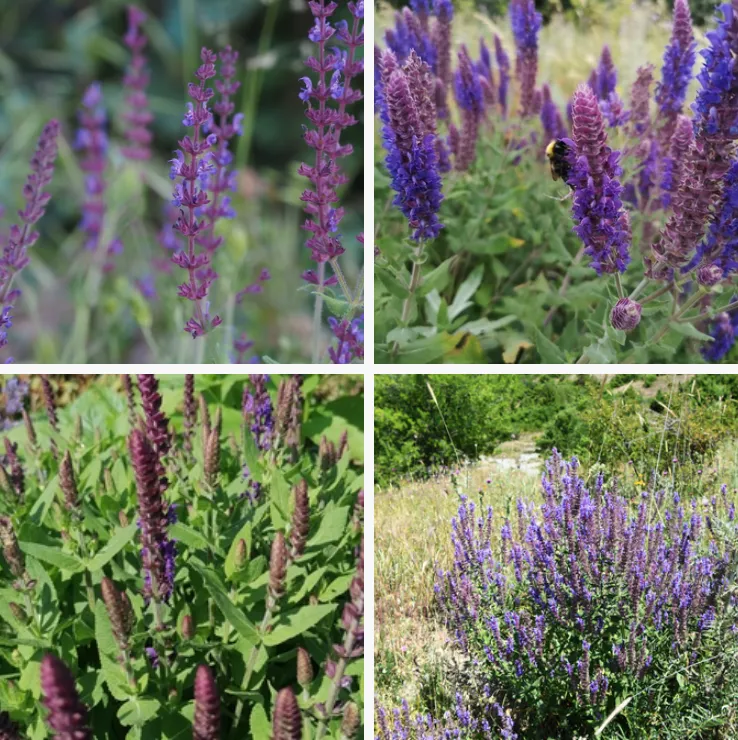Brassavola: An Orchid for the Ages
My fascination with orchids began years ago, with a simple potted phalaenopsis on my windowsill. Its delicate blooms and graceful structure captivated me. Since then, I’ve explored the vast and diverse world of orchids, each genus unique and captivating. But it’s the Brassavola that holds a special place in my heart.
Brassavola genus belong to the Orchidaceae family, named after the 16th-century Italian nobleman and physician Antonio Musa Brassavola, is a genus of roughly 19 epiphytic orchid species. Native to the tropical regions of the Americas, these orchids are renowned for their exquisite beauty and intoxicating fragrance, most notably at night. This nocturnal perfume is a clever evolutionary tactic to attract nocturnal pollinators like moths.
What truly sets the Brassavola apart are its stark, almost minimalist flowers. Unlike the flamboyant, ruffled blooms of some orchid varieties, the Brassavola boasts slender petals and sepals that frame a heart-shaped lip. This lip, often fringed or ruffled, is typically the showiest part of the flower, and it’s designed to provide a landing platform for its pollinators. The flowers come in a range of colors, from pristine white and creamy yellow to vibrant greens and even hints of bronze.
A Closer Look at the Species
The Brassavola genus is relatively small, but it encompasses a diverse range of species, each with its unique charm. Here are:
- Brassavola cucullata: Often referred to as the “hooded Brassavola,” this species is known for its long, tapering petals and sepals that give it a distinctive, almost ethereal appearance.
- Brassavola nodosa: Perhaps the most popular species, the “lady of the night” orchid, is beloved for its strong, citrusy fragrance that intensifies after dark. It’s also relatively easy to cultivate, making it a favorite among orchid enthusiasts. Plant FAQs: Brassavola Nodosa
- Brassavola flagellaris: With its long, whip-like leaves and smaller, fragrant flowers, this species is a unique addition to any orchid collection.
- Brassavola subulifolia: This species is endemic to Jamaica and features narrow, cylindrical leaves and fragrant white flowers.
- Brassavola acaulis Lindl. & Paxton
- Brassavola amazonica Poepp. & Endl.
- Brassavola angustata Lindl.
- Brassavola appendiculata A.Rich. & Galeotti
- Brassavola caraiensis Campacci & Rosim
- Brassavola ceboletta Rchb.f.
- Brassavola fasciculata Pabst
- Brassavola filifolia Linden
- Brassavola harrisii H.G.Jones
- Brassavola martiana Lindl.
- Brassavola ovaliformis C.Schweinf.
- Brassavola pitengoensis Campacci
- Brassavola retusa Lindl.
- Brassavola tuberculata Hook.
- Brassavola xerophylla Archila
Cultivating Brassavola Orchids
One of the reasons I’m drawn to Brassavola orchids is their relative ease of cultivation. They are generally less demanding than some other orchid genera, making them a good choice for both beginner and experienced growers. Here are some key tips for successful Brassavola cultivation:
- Light: Brassavolas thrive in bright, indirect light. A south- or east-facing window is ideal.
- Water: These orchids prefer to dry out slightly between waterings. Allow the potting mix to approach dryness before watering thoroughly.
- Humidity: Brassavolas appreciate moderate to high humidity. You can increase humidity around your plants by using a humidifier, placing them on a tray of pebbles filled with water, or grouping them together.
- Temperature: These orchids prefer intermediate to warm temperatures.
- Air Circulation: Good air circulation is essential to prevent fungal diseases.
With proper care, Brassavola orchids will reward you with their stunning blooms and intoxicating fragrance for years to come.
The Allure of the Brassavola
For me, the appeal of the Brassavola goes beyond its aesthetic beauty. It’s the combination of elegance, fragrance, and resilience that truly captivates me. This orchid genus embodies a sense of understated sophistication. Its simple yet elegant flowers are a testament to the beauty of nature’s design. And the intoxicating fragrance that fills the air at night adds a touch of magic to any space.
The Brassavola is a reminder that beauty can be found in unexpected places. It’s a testament to the resilience of nature and the power of adaptation. Whether you’re a seasoned orchid enthusiast or just starting your journey into the world of orchids, the Brassavola is a genus worth exploring.
If i die, water my plants!



